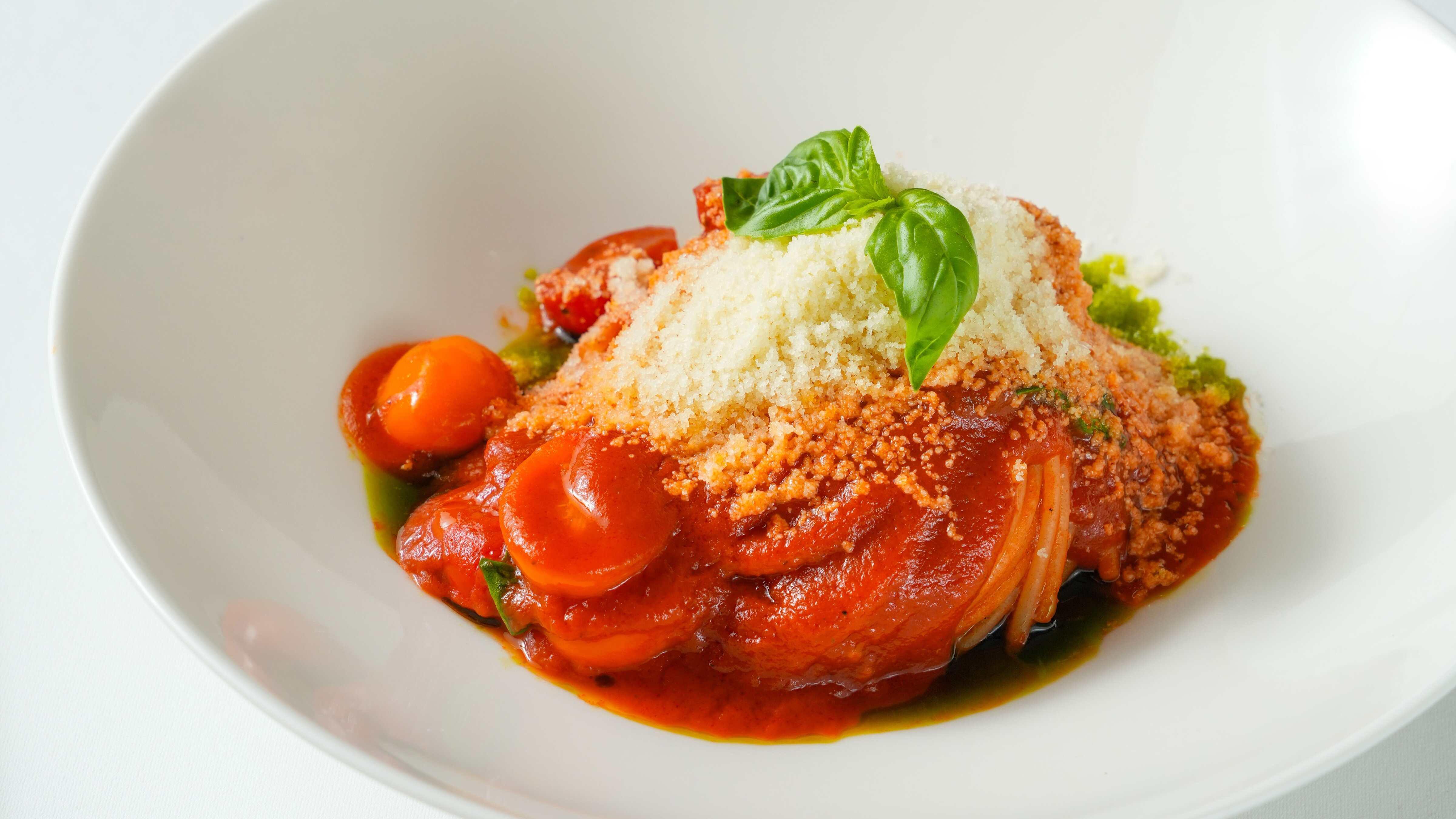
Italian cuisine is undoubtedly one of the most popular cuisines in the world. Everybody loves Italian. Everywhere in the world Italian flavors are sought after and loved by all. Today, Italian flavors can be found in almost every country. Across the globe, in five-star hotels, at least one restaurant always offers Italian cuisine.
Once considered poor immigrant cuisine, it has now conquered the world. There are many engaging books that scrutinize how the culinary traditions of Italian immigrants transformed into a global phenomenon, starting from the very beginning of the emergence of Italian American cuisine. “How Italian Food Conquered the World” by John F. Mariani is a stand-out book on the topic exploring the journey of Italian influence and its widespread popularity in the U.S. Then there is the brilliant book by John Dickie titled “Delizia! The Epic History of Italians and Their Food” that delves into the historical and social aspects of food, intertwining Italy's political history with its culinary evolution, also highlighting how regional dishes became national symbols. From Italy, the eminent food history scholar Massimo Montanari’s works are colossal, his topics ranging from "History of Spaghetti with Tomato Sauce" to "Italian Identity in the Kitchen." Last but not least, the book “Garlic & Oil: Politics and Food in Italy” by Carol F. Helstosky offers a good read on how politics affected the nature of Italian cuisine from the mid-19th century to the present day.
All these scholarly books offer a comprehensive look at how Italian cuisine has developed over time and achieved global prominence. They explore the interplay between food, culture, and identity, providing valuable insights into the factors that have contributed to the worldwide appreciation of Italian culinary traditions. The Italian phenomenon must be under the scrutiny of all nations that want to promote their food worldwide.
Italian sells
Even imitating Italy is half the guarantee of success. Products with names similar to Italian ones sell better in the market. Most of our olive oil brands are either named in Italian or in Italian-sounding names. Estonia’s Espresso Macchiato song at the last Eurovision Song Contest proved this. The song’s lyrics, despite being meaningless, were reminiscent of “Broccolino” the broken English of Italian immigrants in Brooklyn New York, interspersed with Italian words, went viral around the world. It also had a melody heavily inspired by the classical Italian composer Rossini. It’s a fact that, even if it’s fake, Italian sells.
One of the reasons why Italian cuisine is so popular is that it has a flavor profile that appeals to everyone’s palate. The carb & cheese combination surely conquers hearts, or bellies more precisely. For many people, when it comes to pizza or pasta, it is indisputable that they are the top tastes ever. When it comes to sweets, Italian ice cream has a reputation for being the best. Even in small towns or the seaside resorts in Türkiye, there is always an ice cream shop titled “Roma” or “Milano.” The same applies to pizza places, and the list is endless when it comes to so-called Italian restaurants. There are even people, restaurant owners and similar, who try to fake themselves as Italians.
Quality control
However, the common denominator of Italian flavors is that they are not always of the same quality or originality. So how will quality be controlled? But how authentic are these compared to true Italian flavors? How can we distinguish the good from the bad among all these Italian flavors? How will we distinguish the real Italian flavor? How can we tell if they use quality products, if they offer proper Italian cuisine, and if they adhere to proper quality control? How can we tell if the food is original, or truly Italian, or are they mock-Italian dishes? This is where the certification system comes into play. The quality certification system developed by Italy in this regard is an exemplary model.
The project "Italian Hospitality: Italian Restaurants Around the World" (Marchio Ospitalità Italiana) aims to protect and promote the Italian gastronomic heritage worldwide. It is a proven fact that Italians have a globally recognized and beloved cuisine, but here, the important thing is to maintain the quality. That is why the Italian Chamber of Commerce and Industry Association developed a quality certification system just for this purpose. To date, more than 2,230 restaurants in 60 countries have earned this certificate. These restaurants undergo regular audits to ensure they continue to meet the necessary standards. According to Stefano Kaslowski, president of CCIIST, the certification process evaluates not only the quality of the food but also the comprehensive representation of the Italian culinary heritage, hospitality standards, and cultural identity. Therefore, various aspects of the business are subjected to a rigorous evaluation process, including the originality of the recipes, the quality of the ingredients, and the expertise of the chef and the atmosphere of the dining area. In short, maintaining the protection is as important as obtaining the certificate.
Having recognition is one thing, but maintaining it with dignity is another. This certification system, announced in the Italian Consulate, Palazzo Venezia in Istanbul, in the very same week, just as we are about to celebrate Turkish Cuisine Week, should be an example for Türkiye. Such consistent models should be examined and taken as an example rather than just being momentary events for the sake of promotion. Much to learn from the Italian case!
Five forks of the week:
"Marchio Ospitalità Italiana" awards certificates in three categories: Restaurants, Pizzerias and Ice Cream parlours. The award ceremony in Istanbul was held under the patronage of Italian Ambassador Giorgio Marrapodi, where five restaurants were awarded the quality certificate. The awarded restaurants are Eataly Istanbul (Chefs Andrea Minguzzi and Claudio Chinali), Filo D’Olio (Chef Danilo Zanna), Gina Kanyon, Monteverdi Ristorante (Chef Nicole Scandella), and Terrazza Italia (Chef Claudio Chinali) in Eataly.